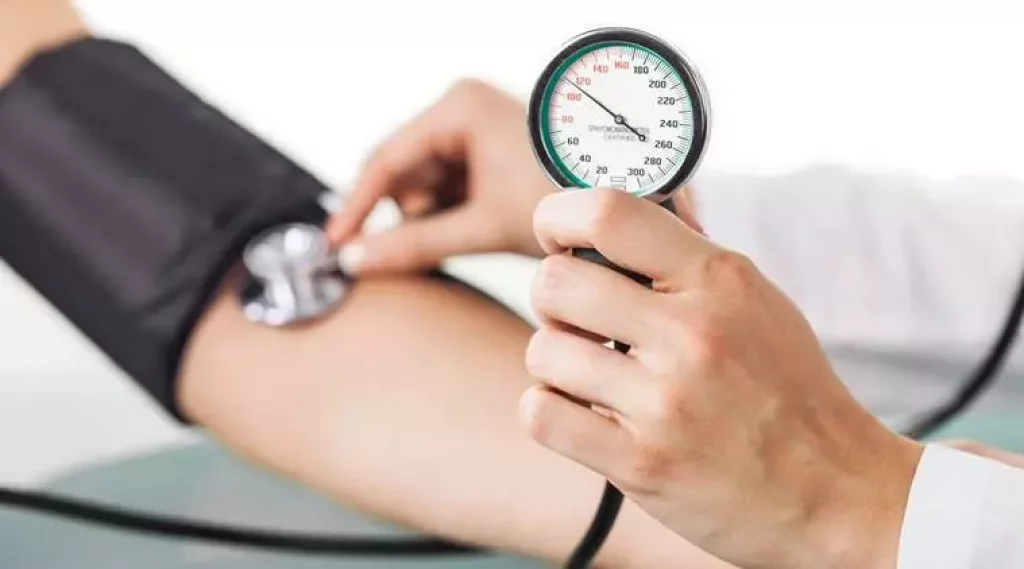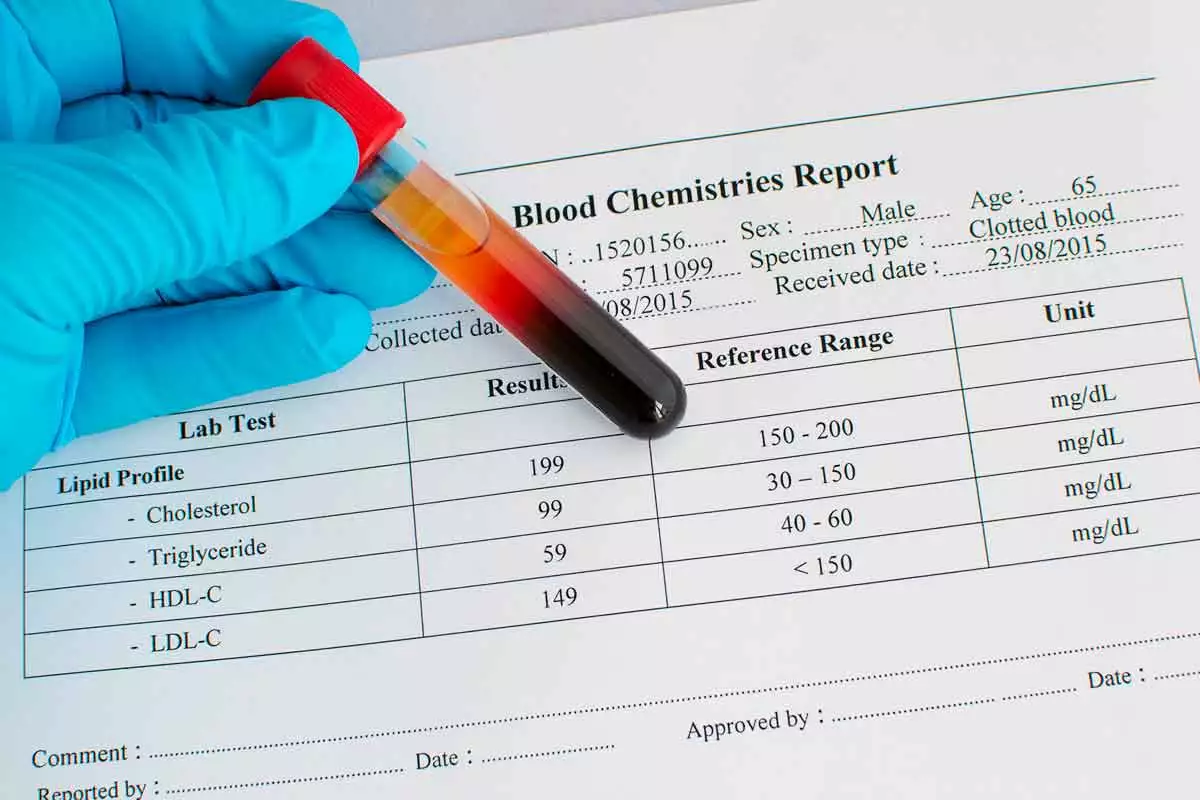What is Angina? Symptoms, Causes & Treatment (2022)
Angina is a type of pain that occurs when the heart muscle doesn’t get enough blood supply. This typically happens because one or more of the arteries that supply blood to the heart are blocked, narrow, or have become hardened as a result of plaque buildup. It is not uncommon for people to live with angina for many years before experiencing a more acute attack.
The most common signal of impending danger from an angina attack is the feeling of heaviness or pressure on the left side of your chest, which can be accompanied by sweating, nausea and dizziness.
These symptoms typically subside within a few minutes and tend to occur at predictable times. You may feel angina as tightness or squeezing sensation under your left breast that lasts for just a few seconds, but if they keep happening, you should see your doctor prevent further problems. Read on to learn more about angina and what you can do to manage it if you’ve been diagnosed with this condition.
What is the Difference Between Angina and a Heart Attack?
While both are caused by a lack of blood flow to the heart and are often found in people with similar risk factors, they are different conditions that have different symptoms and need to be treated differently. A heart attack is an acute condition triggered by a complete and sudden blockage of one or more coronary arteries.
It is typically treated with an aggressive combination of medications and sometimes surgery. Angina, on the other hand, is a chronic condition that can potentially be managed with lifestyle changes, medications and/or angioplasty or coronary artery bypass surgery (CABG).
There are some important differences in the symptoms of angina and a heart attack. The most important is that angina usually happens at predictable times that are related to a person’s daily activities or schedule. During an angina attack, your level of discomfort is usually moderate or mild, although it can be severe. During a heart attack, the pain is often extreme and may start at rest or be accompanied by nausea, vomiting, or shortness of breath.
How is Angina Diagnosed?
To rule out potentially life-threatening conditions, your doctor will likely perform an electrocardiogram (ECG) and/or an ultrasound of your heart. They may order a blood test to determine your cholesterol levels and blood sugar levels as well. While it is true that not everyone with angina experiences chest pain, not experiencing it does not rule out the possibility of coronary artery disease.
You can have the condition without knowing it and still have it progress to a heart attack. A stress test can be used to determine if you have coronary artery disease. The test measures how well your heart works during exertion by having you walk on a treadmill while attached to a machine that records your heart rate, blood pressure, and the rate at that your heart is beating.
What are the Causes of Angina?
It’s important to know that angina is not a symptom of a heart attack. It’s possible to have angina for a long time before having a heart attack. The most common cause of angina is coronary heart disease, which happens when blood vessels that supply blood and oxygen to the heart (coronary arteries) become narrowed or blocked due to plaque buildup.
In most cases, angina is caused by a buildup of plaque in the arteries that supply blood to your heart. This can cause your arteries to become narrowed or blocked. When your heart doesn’t get enough blood, it can’t pump as well. That’s why people with angina may feel pressure, tightness, or pain in the center of their chest when they’re doing activities that put a strain on their hearts.
What are the Symptoms of Angina?
Angina is typically felt as pressure or a squeezing sensation. Under the left breast, it may radiate around the shoulder and arm. It is more common in the morning and may increase with exertion. It is controlled by rest, by eating a high fiber diet and occasionally by medicines.
The main symptom of angina is a pressure-like or squeezing pain under the breastbone, which is caused by the heart muscle being deprived of oxygenated blood. It’s important to note that not every person with coronary heart disease has angina. Some people only experience heart attacks, and others never have any symptoms.
Risk Factors for Developing Angina
The risk factors for developing angina are the same as those for heart attacks, but they’re less severe. In other words, you may have some, or even all, of these risk factors, but they may never progress to the point where they cause a heart attack.
1. Coronary Artery Disease (CAD)

This describes a condition where the arteries that supply blood to the heart are narrowed or blocked.
2. Diabetes

Research shows that people with diabetes are more likely to develop coronary artery disease.
3. Age

People over the age of 45 are more likely to develop coronary artery disease.
4. Family History

If your parents or siblings have heart disease, you are more likely to develop it as well.
5. Smoking

This is one of the biggest risk factors for developing coronary artery disease.
6. High Blood Pressure

This can increase your risk of developing coronary artery disease.
7. Low Levels of “Good” Cholesterol

Having low levels of HDL cholesterol can also increase your risk of coronary artery disease.
8. Excessive Stress

This can put more strain on your heart, increasing your risk of coronary artery disease.
9. Obesity

People who are obese are more likely to develop coronary artery disease.
Treating Angina: Coping Strategies and Medications
The best treatment for angina is to prevent it from happening in the first place by improving your heart health. While it’s impossible to completely get rid of all angina, there are many things you can do to lower your risk of having a heart attack.
Lifestyle changes: Eating a healthy diet, exercising regularly, maintaining a healthy weight, and getting plenty of sleep can all improve your heart health.
Medications: Your doctor may prescribe one of several different medications to help control your symptoms, manage your risk of having a heart attack, and prevent you from having a heart attack.
Coronary angioplasty or coronary artery bypass surgery (CABG): These are considered more invasive treatments and are often reserved for people who aren’t responding well to medications or who have an extremely high risk of having a heart attack.
Conclusion: Types of Angina
Angina is a sign that your heart isn’t getting enough blood due to blockage in your coronary arteries. This blockage can be treated, but if left untreated, it can progress to a heart attack. If you experience symptoms of angina, see your doctor for further testing and treatment. While there are many ways to manage angina, there are also ways to prevent it.
Controlling your risk factors and following a healthy lifestyle can help to reduce your risk of developing coronary artery disease and the accompanying symptoms of angina. Our hearts are a life source, and they need to be healthy to keep us going. If you notice any of the signs of angina, make sure to get it checked out by a doctor. They may be able to treat your condition.
Source –


